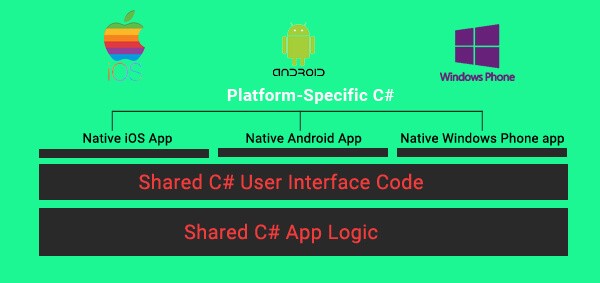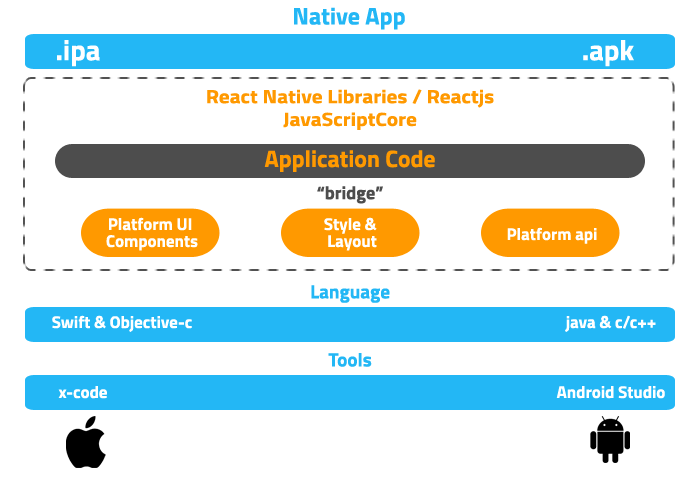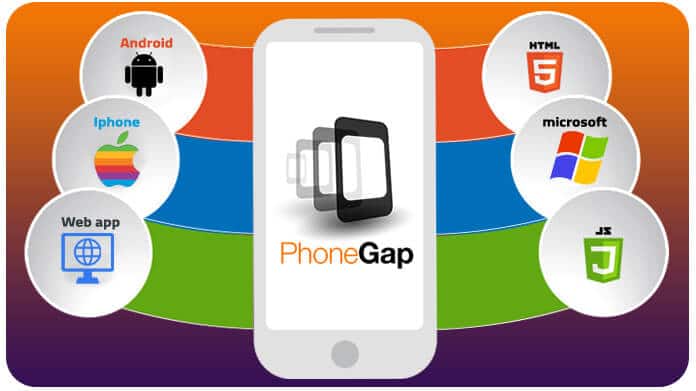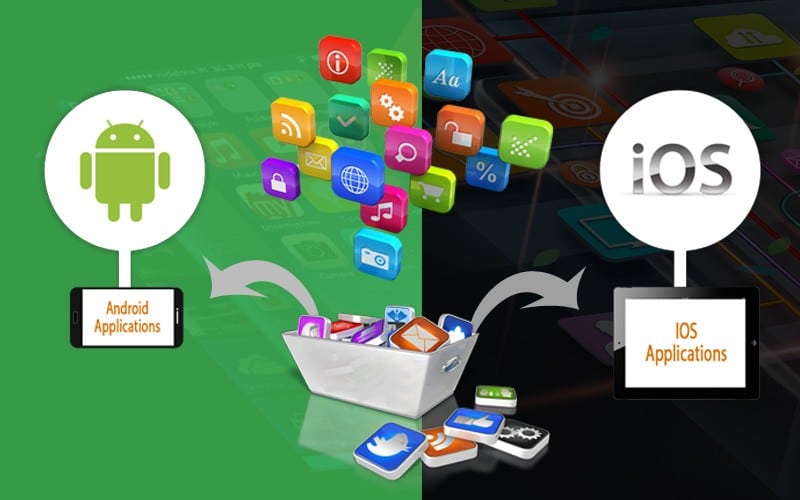The problem with cross-platform support
Mobile applications have become a basic essential need of the day to day life. There are three top mobile platforms in today’s trends, are Android, iOS and HTML5. There are some other mobile platforms available in the market but they are not in trend like Microsoft and BlackBerry and Tizen. Now we barely hear about these platforms. The challenging point is all major platforms are very different from each other in their delivery.
1. Xamarin

Building mobile apps can be as easy as opening up the IDE, writing and testing an app, and submitting to the App Store – all done in an afternoon. Or it can be a highly involved process that includes adamant up-front design, usability test, QA test on thousands of devices, A complete beta life-cycle, And then deployment of many different methods.
Xamarin is a Microsoft-owned San Francisco, California based software company founded in May 2011 by the engineers that created Mono, Mono for Android and MonoTouch that are cross-platform implementations of the Common Language Infrastructure (CLI) and Common Language Specifications (often called Microsoft .NET).
When it comes to taking into account, how to build Android and iOS applications, a majority of people believed that the native languages, Objective-C, Swift, Java, and Kotlin, are the mere recourses.
Xamarin assents to its users to create/develop in C#, with a class library and runtime that works on all multiple platforms, including Android, iOS, and Windows as well.
Xamarin Platform:
It helps us to create mobile and desktop applications in the same IDE with the C# programming language and it can be deployed on every operating system (iOS, Android and Windows).
Xamarin Test Cloud:
The power of continuous rapid integration into cloud-based services enables conditions inside and outside the experience to test code.
Xamarin Insights:
This helps us to track your application crashes, we can see trends and more and in addition, we can see how our app is being used with Insight.
2. React Native

In the era of mobile app development, we always look for small growth cycles, fast timing to deployment and better app performance. Nowadays, Cross-platform development has become an important alternative to native mobile app development completely. With the help of the following basic mobile development approach, you can also create separate apps for iOS and Android platforms.
The React Native framework is a popular mobile app development solution. It is considered the future of cross-platform mobile app development. This is an open-source framework, maintained by Facebook and a large community. It uses JavaScript and reacts to build applications for iOS and Android.
If you’re going to build an app with React Native and maintain it for a longer period of time, you need to prepare for frequent updates in native technologies (you need to update for both app iOS and Android, when the platform has been updated). This is not a disadvantage of it, but at the same time, Reactivity native is being updated regularly and it comes with the new useful components for development and as well as for tempting UI.
3. Adobe PhoneGap

If there is a shuffle or change in mobile app development, you can easily see with PhoneGap. This is again a cross-platform app development framework using which, developers can develop apps in JavaScript, HTML5, and CSS. If you are thinking of developing a hybrid app, it should be at the top of your priority list.
The thing does not end here, this incredible framework is not only providing best-in-class performance but also provides freedom to developers so that they can work without any hardware restrictions.
The core of Apache Cordova applications uses CSS3 and HTML5 rendering and JavaScript for their logic. HTML5 provides access to built-in hardware such as accelerometers, cameras, and GPS. However, browser support for HTML5-based device access is not compatible with mobile browsers, especially older versions of Android. To overcome these limitations, Apache Cordova embeds HTML5 code inside the original webview. A device, using a foreign function interface to access its core resources.









